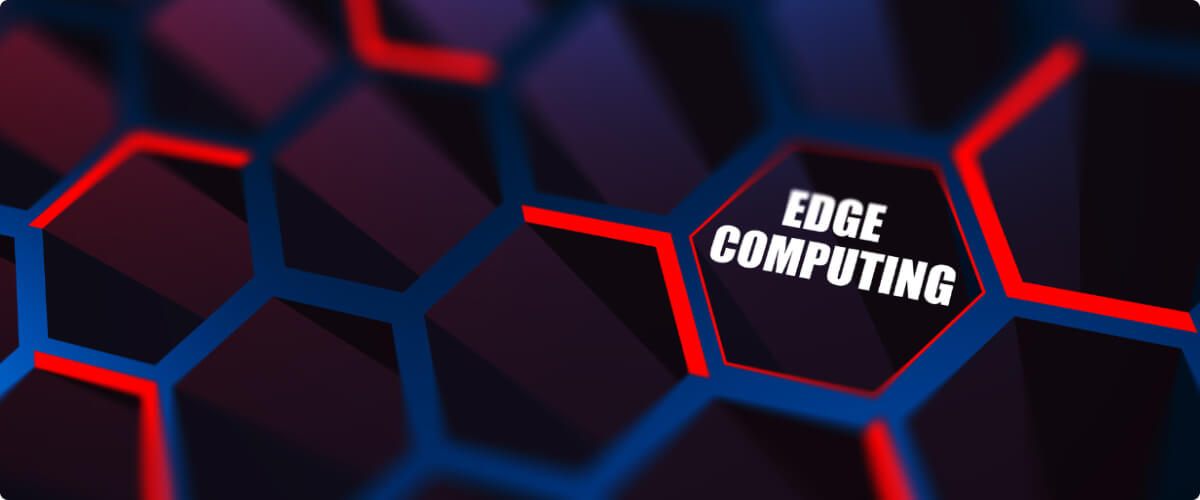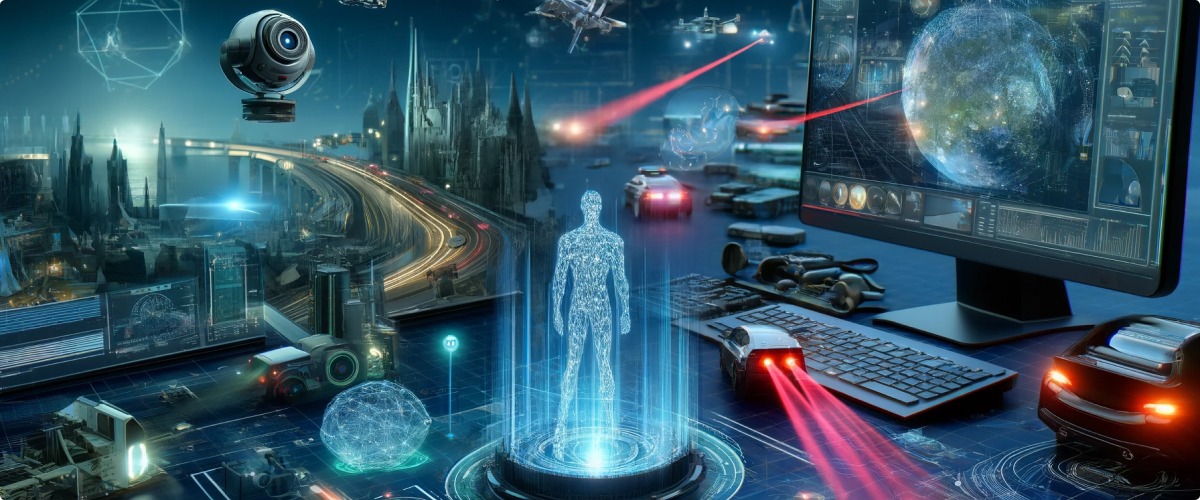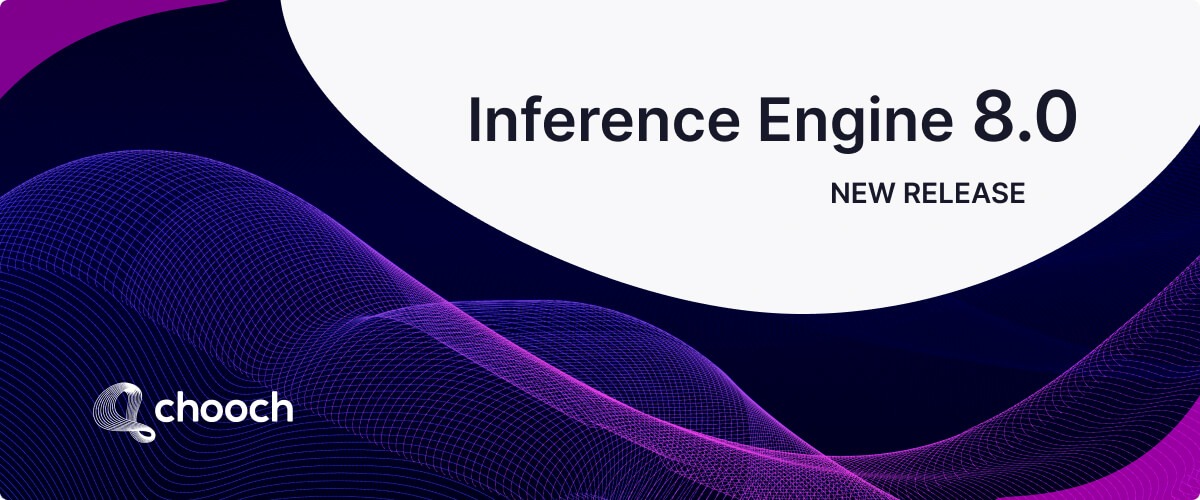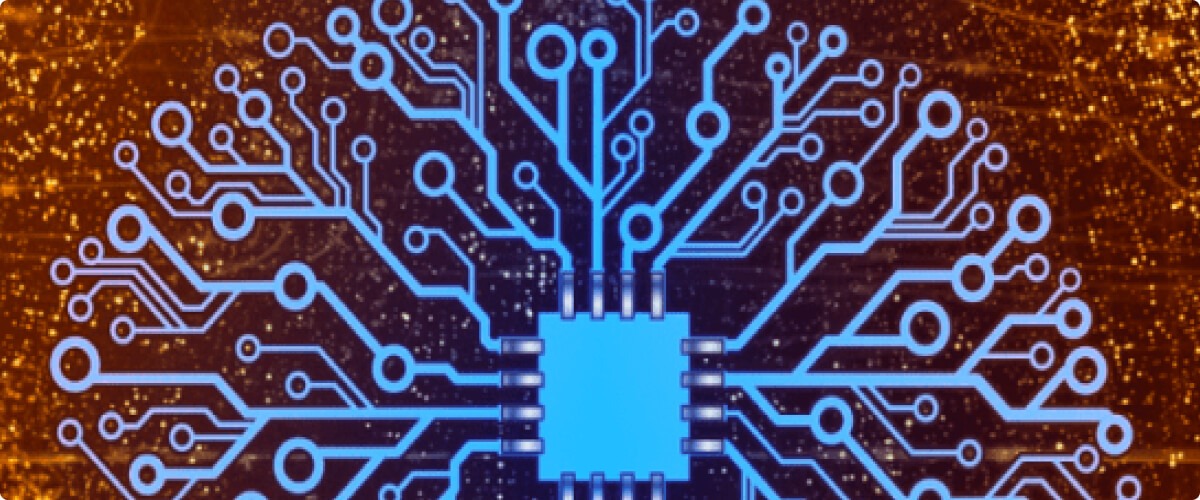In the dynamic landscape of technological advancements, edge computing emerges as a pivotal trend reshaping the structure of distributed systems. This approach advocates performing as much computation as possible on edge devices situated near data sources, as opposed to relying heavily on distant cloud servers.
Edge computing is a hot trend that is reshaping the standard topology of distributed systems.
Current state of edge computing
The 2023 Gartner Hype Cycle for Edge Computing offers a deep dive into the ongoing innovations in this sphere. It delineates the high-impact developments and those on a slower trajectory to maturity.
A notable prediction is the transformative role of Edge Computer Vision in businesses in the next 2 to 5 years. Despite being in its nascent stage, with a 5-20% market adoption, it holds a promising future, warranting continuous evaluation and exploration.
Let’s explore the role edge computer vision applications play in edge computing, its important, business drivers and benefits of adoption, and obstacles for implementation. And see why Gartner recognized Chooch as a sample vendor for edge computer vision alongside some of the largest players in the industry.
Understanding edge computing and edge computer vision
Edge computing refers to the practice of processing data closer to its source or at the “edge” of a network, rather than sending all data to a centralized cloud server or data center for processing. Edge computer vision, on the other hand, is a specific application of computer vision technology that entails deploying computer vision algorithms and performing visual perception tasks, such as object detection, image recognition, and video analytics, at the edge of a network or on edge devices, like cameras and drones. This provides localized analysis and decision-making, bypassing the need for constant connectivity to central servers or cloud infrastructure. Edge computer vision applications promises quicker responses, heightened data privacy, and optimized system performance.
Significance of edge computing
Video and image usage has grown significantly from simple surveillance and monitoring to operational tasks. As computer vision finds increasing applications in various sectors, including employee safety and security, surveillance, manufacturing QA systems, and retail loss prevention, the necessity for swift data analysis grows.
Businesses now require real-time responses to critical events. Edge computing and edge AI computer vision systems meet this demand, allowing for automated, timely analysis at the point of data capture. For example, advanced applications like object recognition and anomaly detection in manufacturing and smart check-out in retail are driving the need for more advanced and improved edge computer vision systems.
Deploying edge computing: Benefits and challenges
The deployment of edge computing and edge computer vision systems is set to escalate with the advent of techniques addressing hardware constraints and data availability issues. High-resolution cameras with higher data volumes need high-performance edge computer vision systems to lower bandwidth and latency constraints.
New model compression and optimization techniques enable larger models and workloads to run on resource-constrained edge hardware. Additionally, synthetic data can be tailored to create rare events or edge cases that may not be easily encountered in the real world. This helps in training models to handle exceptional scenarios effectively.
As the processing power of modern GPUs continues to increase, edge devices can continue to perform complex visual tasks efficiently. Visual processing algorithms benefit from the parallel processing capabilities of GPUs, resulting in faster and more accurate analysis. This enhanced performance is crucial for applications like object detection, facial recognition, and image classification.
Business benefits of using edge computing with computer vision applications
Edge computer vision applications continue to be a catalyst for business growth, fostering productivity, and ensuring safety. It is enabling businesses to make faster and consistent decisions at scale and positively impacting them by:
- Improving productivity by automating routine visual tasks.
- Improving workplace safety by ensuring proper PPE usage and alerting of potentially dangerous situations.
- Improving retail store efficiency from better inventory management, shelf management, and loss prevention.
- Protecting patient privacy by processing data at the source avoiding transmitting sensitive data to the cloud or central server.
- Reducing capital equipment downtime through preventative maintenance.
- Reducing costs by reducing the burden on centralized infrastructure and optimizing bandwidth by extracting data insights locally.
Advancing edge computing with Chooch’s edge-optimized computer vision
Chooch is at the forefront in leveraging the recent advancements in edge computing and sophisticated model compression algorithms to facilitate successful computer vision model deployments on edge devices.
Chooch’s Computer Vision platform delivers embedded vision solutions for video analytics and IoT applications. Chooch helps businesses accelerate edge computer vision adoption by creating easy-to-use software development kits (SDKs), APIs, or programmable or ruggedized edge hardware making it easy for users to build, deploy, and maintain custom computer vision models.
Chooch’s computer vision platform comes enabled with Chooch’s pre-trained ReadyNow AI models, including image classification, object detection, facial authentication, action logging, tracking, license plate recognition, and more. They are fully optimized for edge devices; making it easy to deploy computer vision in just minutes.
Chooch’s NVIDIA Cloud Validated inference engine can process simultaneous camera feeds and deliver responses in milliseconds with the highest accuracy. Even the smallest edge devices, like the NVIDIA Jetson Nano, can run multiple models with multiple classes in each model using Chooch’s computer vision platform. Depending on the use case, users can configure their edge devices to generate alerts when a detected event occurs or send JSON response outputs to business intelligence and analytics tools to initiate action.
Chooch customers are using computer vision technology to automate manual visual review tasks and process video data real-time to gain real-time data insights; enabling them to be proactive in responses rather than reactive. Chooch has helped customers deploy computer vision solutions for workplace safety, retail loss prevention, people counting, object detection, manufacturing QA, wildfire detection, and more; realizing faster time-to-value. Chooch’s AI-powered computer vision solutions help our customers manage their vast amounts of visual data to detect anomalies, understand them, and instantly act.
To learn more about Chooch’s edge AI computer vision solutions, contact us to schedule a demo or create a free account to try it yourself.









